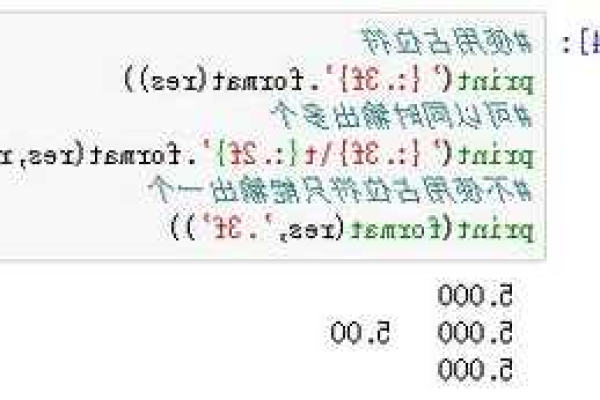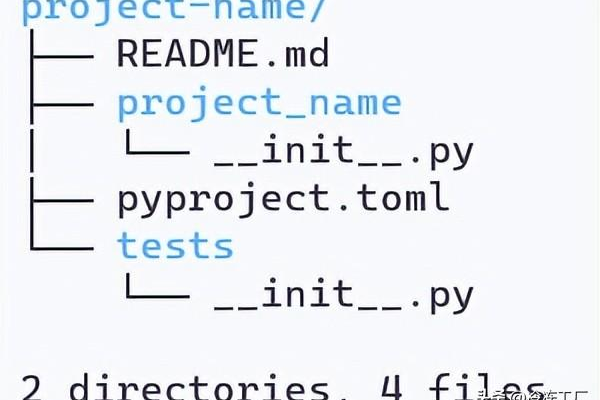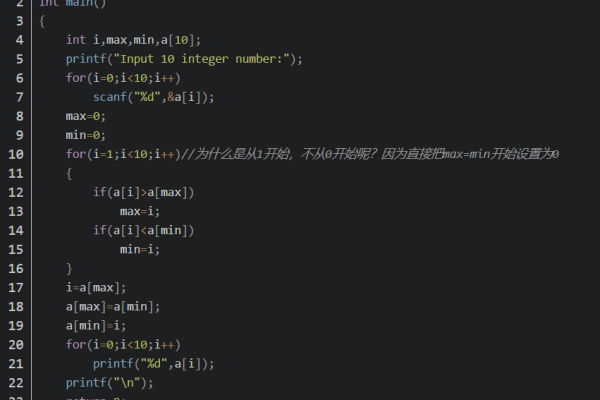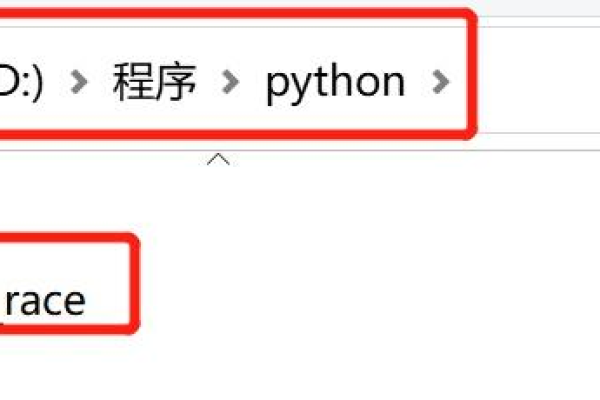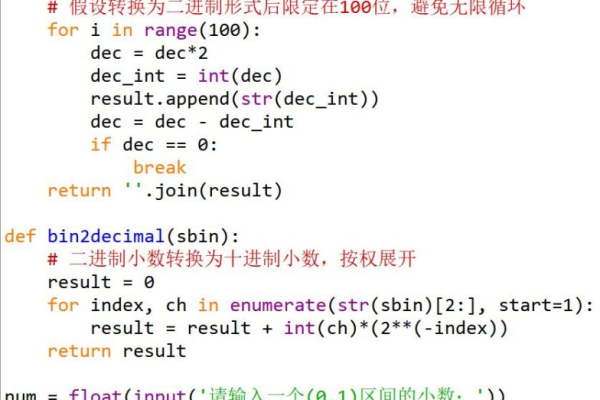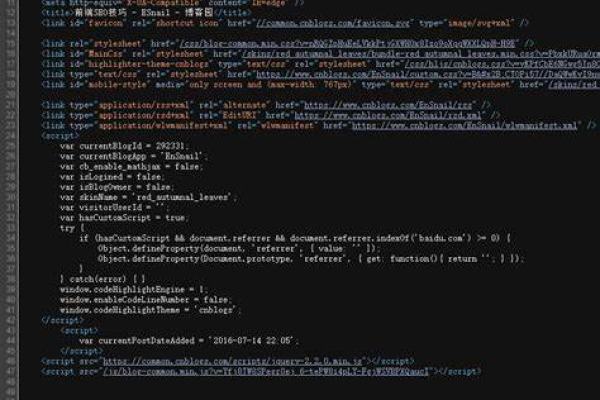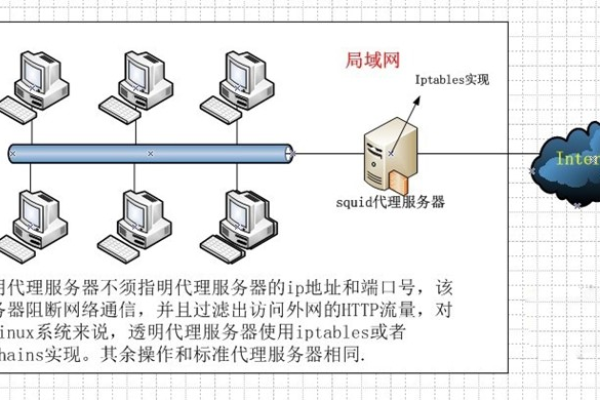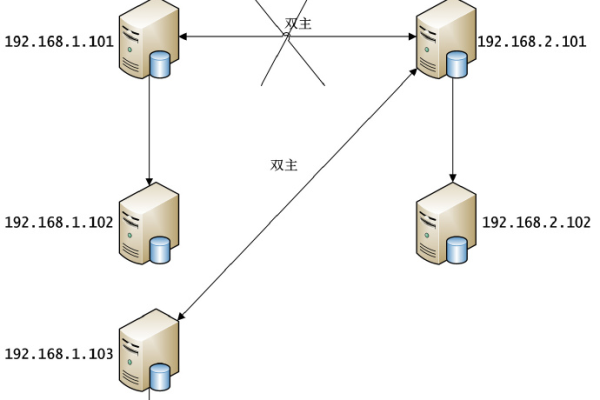python小数取整
- 行业动态
- 2024-02-03
- 4703
Python中取整可以使用int()函数,对小数进行向下取整。
在Python中,有多种方法可以实现小数取整,以下是一些常用的方法及其详细介绍:
1. 使用内置函数int()
int()函数是Python中最常用的取整方法,它将一个数字转换为整数,去掉小数部分。
num = 3.14159 result = int(num) print(result) 输出:3
需要注意的是,int()函数直接去掉小数部分,而不进行四舍五入。
2. 使用round()函数
round()函数可以实现四舍五入取整,它接受两个参数,第一个参数是要取整的数字,第二个参数是保留的小数位数。
num = 3.14159 result = round(num) print(result) 输出:3 num2 = 3.14159 result2 = round(num2, 2) print(result2) 输出:3.14
当不指定保留的小数位数时,round()函数默认保留到整数位。
3. 使用math.floor()函数
math.floor()函数返回小于或等于给定数字的最大整数,它属于math模块,因此需要先导入该模块。
import math num = 3.14159 result = math.floor(num) print(result) 输出:3
4. 使用math.ceil()函数
math.ceil()函数返回大于或等于给定数字的最小整数,它也属于math模块。
import math num = 3.14159 result = math.ceil(num) print(result) 输出:4
5. 使用numpy.floor()和numpy.ceil()函数
除了math模块外,numpy库也提供了类似的取整函数,需要先安装numpy库,然后导入相应的函数。
import numpy as np num = 3.14159 result = np.floor(num) print(result) 输出:3 num2 = 3.14159 result2 = np.ceil(num2) print(result2) 输出:4
相关问题与解答
问题1:如何在Python中实现向上取整?
答:可以使用math.ceil()函数或numpy.ceil()函数实现向上取整。
问题2:如何在Python中实现向下取整?
答:可以使用math.floor()函数或numpy.floor()函数实现向下取整。
问题3:如何在Python中实现四舍五入取整?
答:可以使用round()函数实现四舍五入取整。
问题4:为什么int()函数直接去掉小数部分,而不进行四舍五入?
答:因为int()函数的设计初衷是将一个数字转换为整数,而不是进行四舍五入,如果需要进行四舍五入,请使用round()函数。
本站发布或转载的文章及图片均来自网络,其原创性以及文中表达的观点和判断不代表本站,有问题联系侵删!
本文链接:http://www.xixizhuji.com/fuzhu/298030.html
